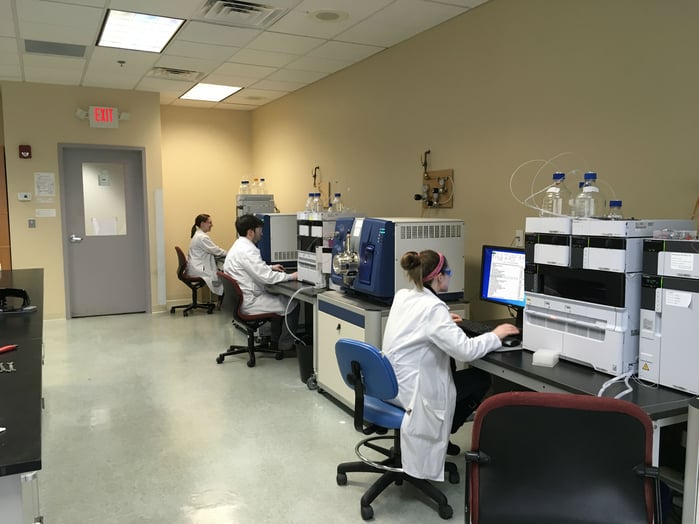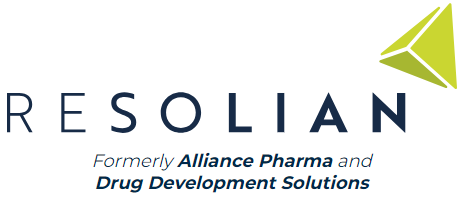Scientists who specialize in developing mass spectrometric methods know that the methods must be individually tailored to successfully support a pivotal clinical trial or to provide bioanalytical support along any phase of the drug development process. A specific mode of mass spectrometry called multiple reaction monitoring (MRM) is a powerful tool because it uses multiple mass spectrometers in tandem to increase sensitivity and selectivity of analysis, generating the most reliable data. Read on to find out why this matters to experts in the fields of pharmacokinetics, bioequivalence, toxicity, and bioanalysis.

Extreme Sensitivity
Mass spectrometry has the ability to accurately determine concentrations of biomarkers present in human matrices down to nanomolar levels. D-erythro-Sphingosine-1-phosphate (S1P) is a biomarker for certain diseases such as atherosclerosis and cancer.
Versatility and Customization
Instrumentation techniques are customizable. Liquid chromatography tandem mass spectrometry has the ability to monitor several different classes of compounds. There are intricate parameters of mass spectrometry that can be optimized for every study. See below how LC-MS/MS techniques have been used to analyze compounds like cholesterol and ManNAc, which are endogenously present in plasma, and goserelin, a synthetic hormone used to treat prostate and breast cancer.
Quantification of 4β-Hydroxycholesterol and Cholesterol in Human Plasma Using LC-MS/MS
A Rapid and Sensitive Method for the Quantification of Goserelin in Human Plasma Using HPLC-MS/MS
Speed
By coupling liquid chromatography with mass spectrometry, concentrations of several compounds in a sample can be achieved in a run as short as 3 minutes. Whether you are interested in analyzing several different drugs or a parent compound and its metabolites, it can be done in the same run making study conduct very efficient.







